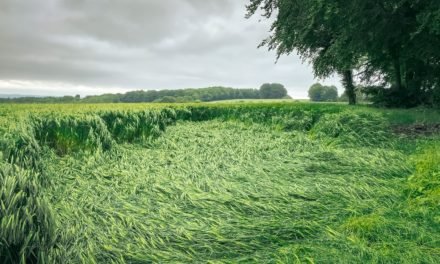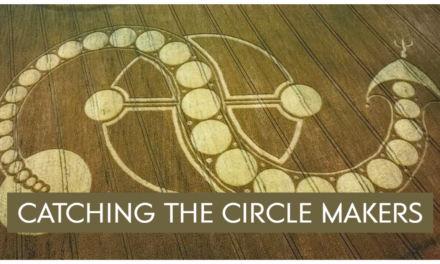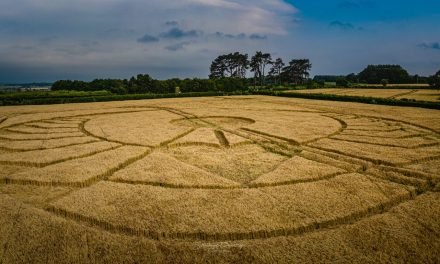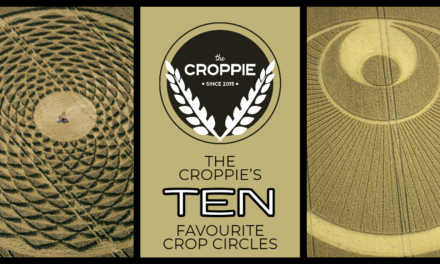
Dear Croppie: Are Zef Damen’s Crop Circle Reconstructions Practical?
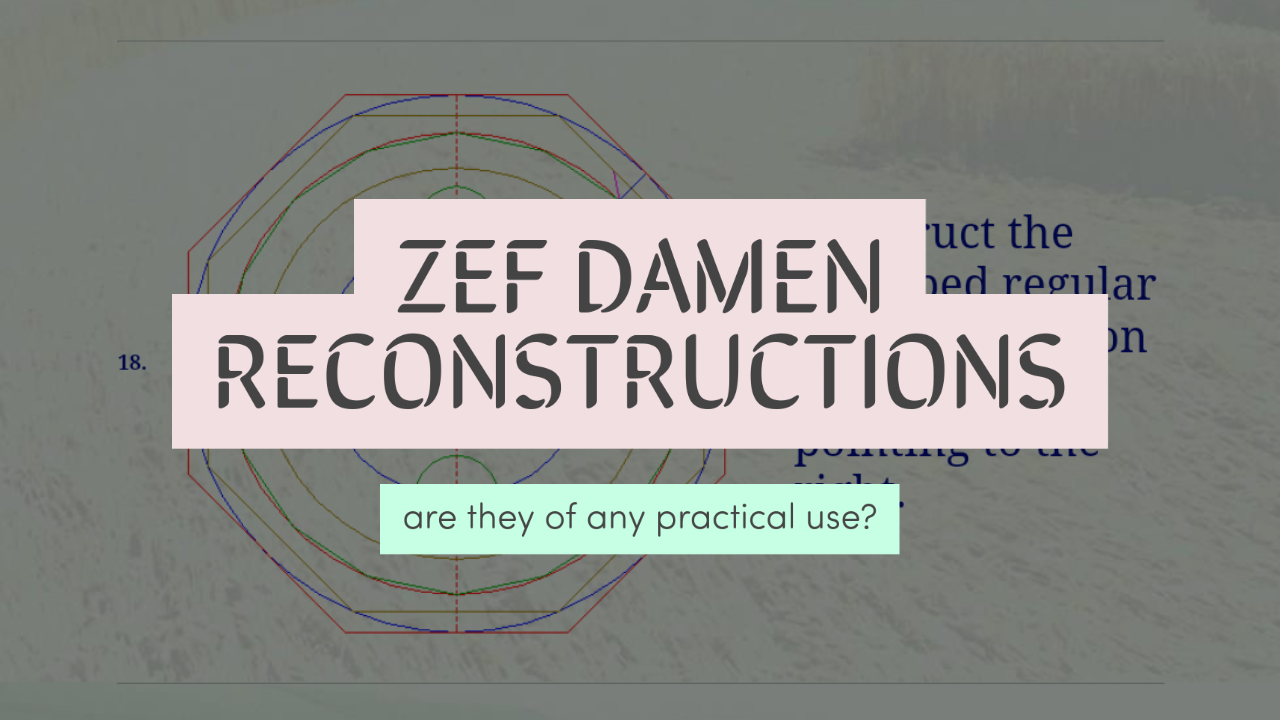
The Croppie loves the crop circles reconstructions posted online by Dutch electrical engineer Zef Damen. With time and the help of CAD software, Dr Zef painstakingly reproduces crop circle designs on a step by step basis. They’re sometimes hard to follow, but if you persevere then you’ll be able to replicate them in CAD or vector graphics programs such as Adobe Illustrator. It’s a rewarding experience and one that will get you familiar with both software and the brilliance of geometry constructed without any set measurements. In other words, Zef can make his own crop circle reproductions without needing to use any set units of measurement. It’s the equivalent of working with a pen, pair of compasses and any straight edge that isn’t a ruler. However, The Croppie has been asked on a few occasions whether Zef’s crop circle reproductions follow the practical methodology used by circle makers in a field.
Croppie Paul Jacobs certainly seems to think so. He wrote on Facebook in February 2023:
[Zef Damen] goes through the actual [construction] process stage by stage which is complex but also essential on a drawing board, but obviously necessary in a field if we were to consider in terms of human construction.
It’s all very well for Paul to say this, but to the best of our knowledge he’s not a circle maker. Fortunately, The Croppie has access to people who are. We spoke to one of them and asked how Zef Damen’s reproduction of a randomly chosen crop circle from the 2022 season would compare to their approach. The circle chosen at random by an online picker was the 22 May 2022 formation at Little Down on Chute Causeway, Wiltshire.

Photography by Nick Bull
Here is Zef Damen’s reconstruction of the crop circle:



The circle maker we spoke to said:
To produce this design the circle makers wouldn’t have used a method anything like the one Zef Damen has. They would have used one radius measurement for the central circle, one for the satellites and another for the ring the satellites are sat on. They’ll also have had a radius measurement for the circle the saw blades are cut out from. This circle was divided up into sixteen equal segments, either using a mathematical formula [2Radius x sin(π/number of segments)], or using a laser. If it was the latter then they’d have divided the 360 degrees of the circle by the 16 segments [which is 22.5 degrees]. They’d also have used a measurement from the very centre of the crop circle out to the corners of the hexagon. [This would be worked out using the radius of the aforementioned circle from which ‘the saw blades are cut out: sec(π/6 sides of the hexagon)]. I can see they’ve added a bit more onto this measurement to give an extra bit of clearance between the blades and the edges of the hexagon. I guess that little circle of standing crop was improvised on the job.
The problem with the Zef Damen reconstruction is that it really isn’t going to work in the field. You just wouldn’t have the time. Neither can you flatten bits of crop to make superfluous straight lines and circles and then stand them back up again. It’s why you have all of your measurements worked out before you start. Any circle maker who tries to make this crop circle using the Zef Damen method won’t get very far before it starts getting light and they’ll have made a mess.
So, there we have it. The instructions given by Zef Damen in this case simply aren’t practical to be used in a field. He’s a geometer, not a circle maker, and his work should be viewed accordingly. Nonetheless, his reproductions remain an excellent resource to be appreciated.


